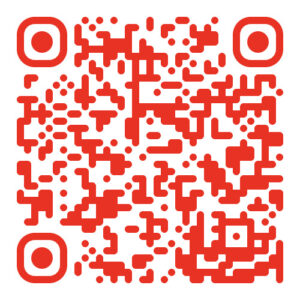
The Trickster is an archetype found in myths throughout world history.
The Trickster wears a hat that is white on one side, black on the other.
See: Stewart, C. (2009). “The “Trickster” and the Questionability of Questions.” Art Education 62(3): 13
we must rethink the world as witty actor and agent of transformation, a coding trickster with whom we must learn to converse […] that might turn a stacked deck into a potent set of wild cards, jokers, for refiguring possible worlds.
Haraway, Donna (1991) Simians, Cyborgs, and Women: The Reinvention of Nature. New York: Routledge: 201.
The trickster is an ancient and ubiquitous archetype that appears in myths across time and in cultures across the world. Its role in its associated myths often revolves around instigating chaos, though with a resolution of transformational change. The trickster often lacks a strategy or known way of doing things, inventing as he or she goes. This leads to innovation and new ways of doing, thinking, and/or framing a situation, […]
Wily E. Coyote, with his elaborate (but ultimately unsuccessful) plans to catch the roadrunner in the Roadrunner cartoons, represents the trickster as irrepressible dupe. Many American children and adults enjoy these cartoons without ever realizing that they are seeing into the mythic realm of the trickster.
Dark play subverts order, dissolves frames, breaks its own rules, so that the playing itself is in danger of being destroyed, as in spying, con games, undercover actions, and double agentry.
[…] there is a place for him within the ritual because systems need to ritualise their own disruption and renewal, or they rot from within. I’m going to say that one again: systems, organisations, societies, communities, political parties, spiritual orders, even individual bodies perhaps, need to ritualise their own disruption and renewal or they rot from within.
The Emerald, Trickster Jumps Sides: Disruption and the Anatomy of Culture, https://podcasts.apple.com/us/podcast/trickster-jumps-sides-disruption-and-the/id1465445746?i=1000518112350 Accessed 17.1.23
Tricksters always come from the outside, as they never participate, never belong, but produce harm and dissolution through sensual upheavals, as they always take up middle, thus in a sense central positions, from where their penetration is helped by their mimetic abilities.
This website, Shift/Work: Crafting Magic https://blogs.ed.ac.uk/craftingmagic/ is written and maintained by Prof Neil Mulholland and is licensed under a Creative Commons Attribution-NonCommercial-NoDerivatives CC BY-NC-ND 4.0
